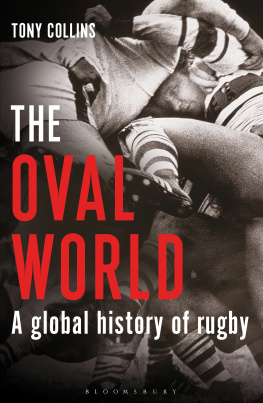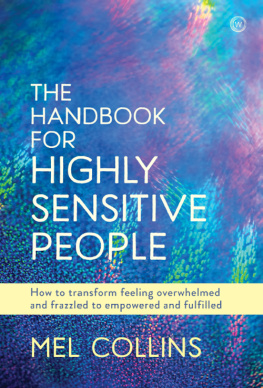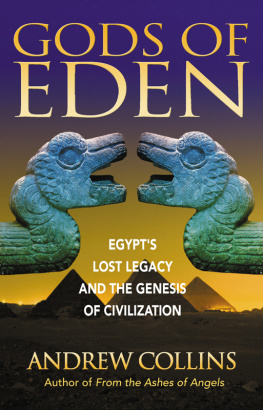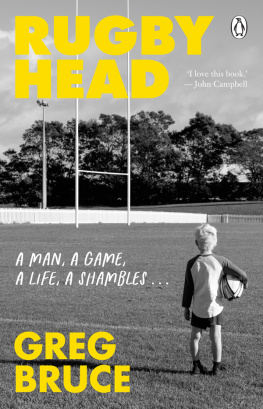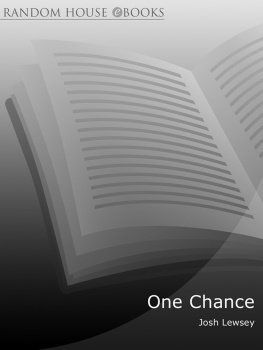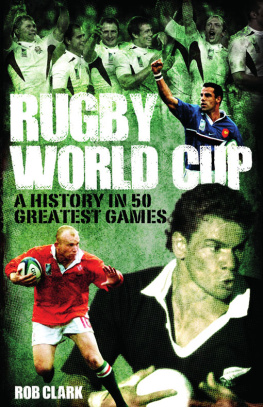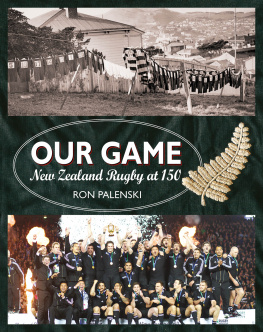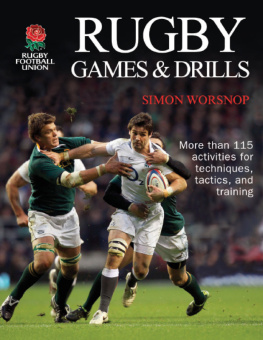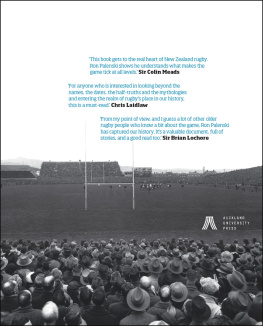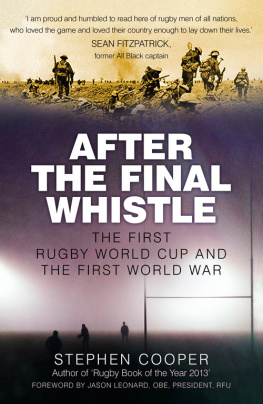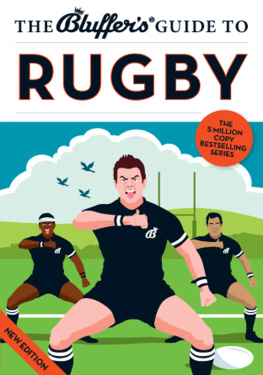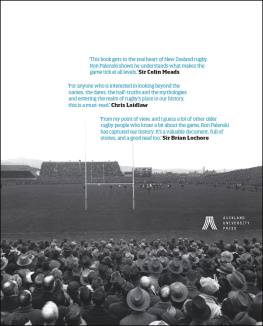THE OVAL WORLD
The Oval World
A Global History of Rugby
Tony Collins

CONTENTS
| AFRF | Association Franaise de Rugby Fminin |
| ARL | Australian Rugby League |
| ARU | Australian Rugby Union |
| EARFU | East African Rugby Football Union |
| FFR | Fdration Franaise de Rugby |
| FIR | Federazione Italiana Rugby |
| FIRA | Fdration Internationale de Rugby Amateur |
| GAA | Gaelic Athletic Association |
| IB | International Rugby Football Board |
| IFA | Intercollegiate Football Association |
| IFA | Irish Football Association |
| IFU | Irish Football Union |
| IGRAB | International Gay Rugby Association Board |
| IRFU | Irish Rugby Football Union |
| JRFU | Japanese Rugby Football Union |
| LFRT | Ligue Franaise de Rugby Treize |
| NFUI | Northern Football Union of Ireland |
| NIFC | North of Ireland Football Club |
| NRL | National Rugby League |
| NSWRFL | New South Wales Rugby Football League |
| NZRFU | New Zealand Rugby Football Union |
| PIRA | Pacific Islands Rugby Alliance |
| RFU | Rugby Football Union |
| SANZAR | South African, New Zealand and Australian Rugby |
| SARB | South African Rugby Board |
| SARFU | South African Rugby Football Union |
| SRU | Scottish Rugby Union (formerly SFU Scottish Football Union) |
| UFRA | Union Franaise de Rugby Amateur |
| USFSA | Union des Socits Franaises de Sports Athltiques |
| WPCRFU | Western Province Coloured Rugby Football League |
| WRC | World Rugby Corporation |
| WRFU | Womens Rugby Football Union |
| WRU | Welsh Rugby Union |
| YRF | Yugoslav Rugby Federation |
I can remember the precise moment I realised that I would never achieve my dream.
It was late 1973; I was just 12 and a few weeks into my first term at secondary school. The school had a wide catchment area and every year there were about 150 new boys. Rugby was the local game and playing it, knowing it and even being able to talk about it brought varying levels of adolescent prestige. I knew about it my dad even worked alongside some of the top players and I spent hours playing the game in the street with my best friend, Steve. Since the age of seven, when Dad took me to watch my first big match, I had set my heart on playing international rugby.
So when it came to playing rugby in PE lessons Steve and I thought we could show our new schoolmates what the game was really all about. The boys would defer to us and the girls would bestow their favours on us; it was just a matter of time.
We hatched a plan. At the next match, we would display our tactical insight and superior skill with a series of perfectly executed set-plays. The first would be audacious and daring. As scrum-half I would pick the ball up from the base of the scrum, feign to pass it out to the three-quarters standing to my right, but instead run around to the left and through the narrow gap between the scrum and touchline.
Steve, playing out on the left wing, would shout for me to pass him the ball. I would dummy it to him, the opposing defenders would fall for it, leaving me in the clear to romp through to the try line unopposed. Wed seen it done on television, practised at home, and knew it would work.
Ten minutes into the match, a scrum was formed just 25 yards from our opponents try line. Our plan kicked in. Everything went like clockwork. The undefended try line beckoned to me. Just 20 yards and I would be over. Glory was within my grasp.
But as I tried to accelerate, the try line did not get closer. My feet seemed to be getting heavier and my legs shorter. I sensed movement to my right and almost immediately the air was knocked out of my lungs as I crumpled under the weight of two of the schools fattest boys. I fell face first into the mud and the ball squirted out of my hands.
Knock-on, shouted Mr Miles, the PE teacher. Steve picked up the ball and stared at me, still on the ground trying to catch my breath.
I knew you should have bloody passed it to me, he said, his voice full of contempt.
I could have cried.
But although I knew then that playing rugby in front of tens of thousands of people or touring foreign lands was not to be for me, my interest in rugby did not disappear.
If anything, freed from the burden of having to play the game successfully, its fascination increased. The geometric perfection of a cut-out pass, the split-second timing of the bone-shuddering tackle and the spectacular artistry of the side-stepping three-quarter still continued to enchant me.
Whats more, rugby seemed to be a game of unanswered questions and unsolved mysteries. It was played in exotic places like Fiji and Papua New Guinea, but countries like Germany and Brazil didnt seem to play it at all. Soccer, for some reason unfathomable to me, was infinitely more fashionable all over the world, but in towns like the one I grew up in, rugby was the most popular sport.
More confusingly, I also discovered that there were two types of rugby. Each had a different number of players in a team, separate rules and even reverse methods of numbering players jerseys. When I watched the other rugby on television, I couldnt really understand what was going on. Of course, my dad and I would never bother going to watch it. I would later discover that neither type of rugby was very much interested in the other at all.
So although my interest in playing rugby evaporated, my curiosity about it expanded. There seemed to be many questions for which no one quite had an answer, and if it was my lack of athletic ability that ruined my dreams of a rugby career, my inquisitiveness about rugby and the wider world was stimulated and developed, and that ultimately led me to become a historian.
The Oval World is a book whose genesis lies in the muddy playing fields of early 1970s Britain. The stories it tells, the questions it answers and the mysteries it tries to solve are those that have occurred to most people who have ever watched a game of rugby, whether as fans or as casual observers.
As the tiredest of sporting clichs tells us, rugby is much more than a game so this is a history of the life and times of the game and the world that created it, from Tom Browns Schooldays to digital television, from Hulls docklands to Sydney harbour, from Welsh miners to a Russian prince.
Rugby is the story of the world we live in and how it was made.
In almost every part of the world, across centuries and civilisations, humanitys instinctive joy in catching, throwing and kicking a ball has meant that games which resemble rugby have long been played.
For the origins of rugby as we know it today, however, we must look to Britain. The rough and tumble games played in the fields and villages of pre-industrial times were taken up by the boys of Rugby School in the English midlands and transformed into a game of rules, regulations and morality.
Soon, the thrill of the try and the crunch of the tackle were gripping the imaginations of great swathes of the population. The game spread beyond its public school founders and became a passion of the industrial workers who were crowded into the great cities of the Victorian age.

